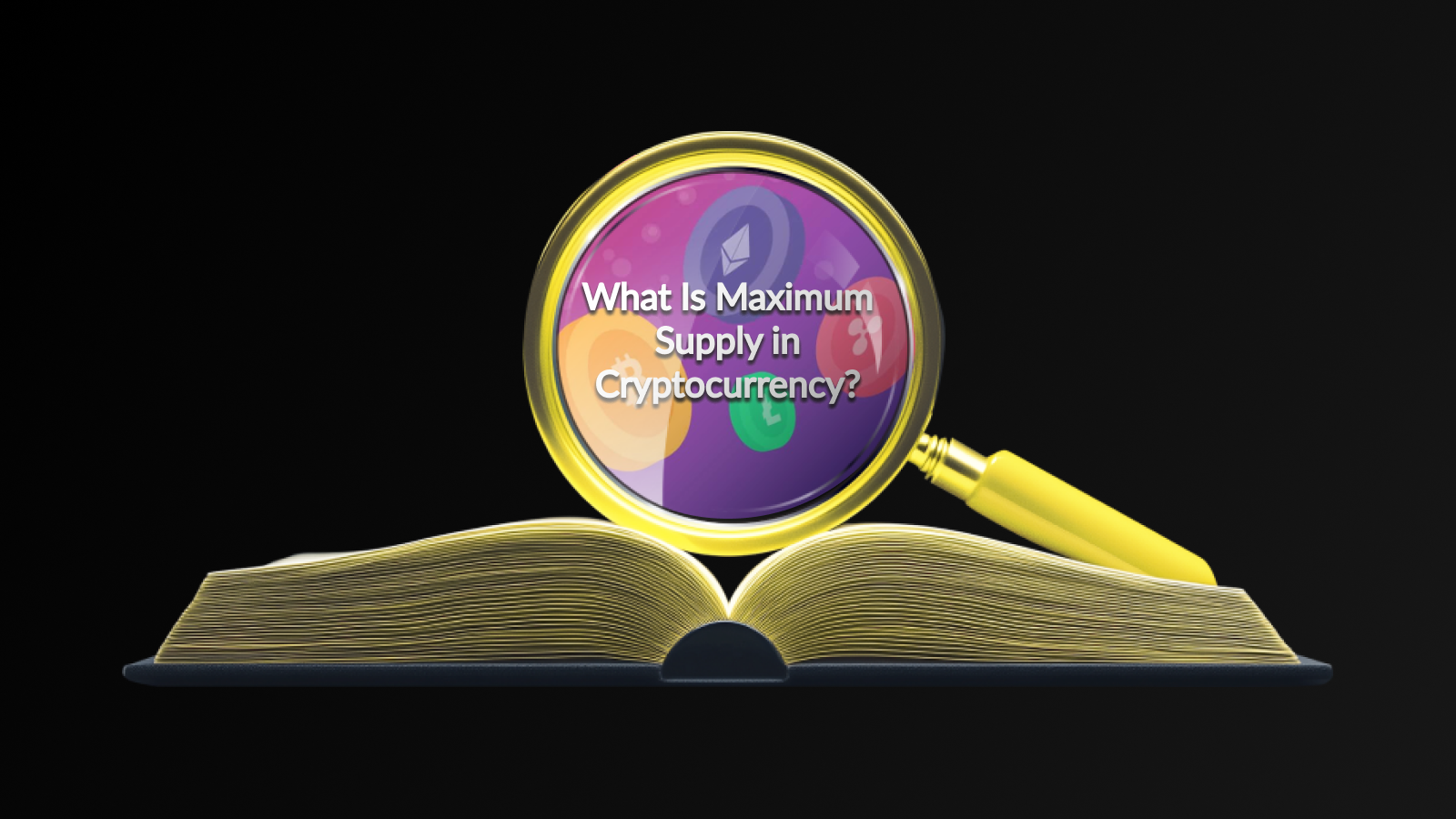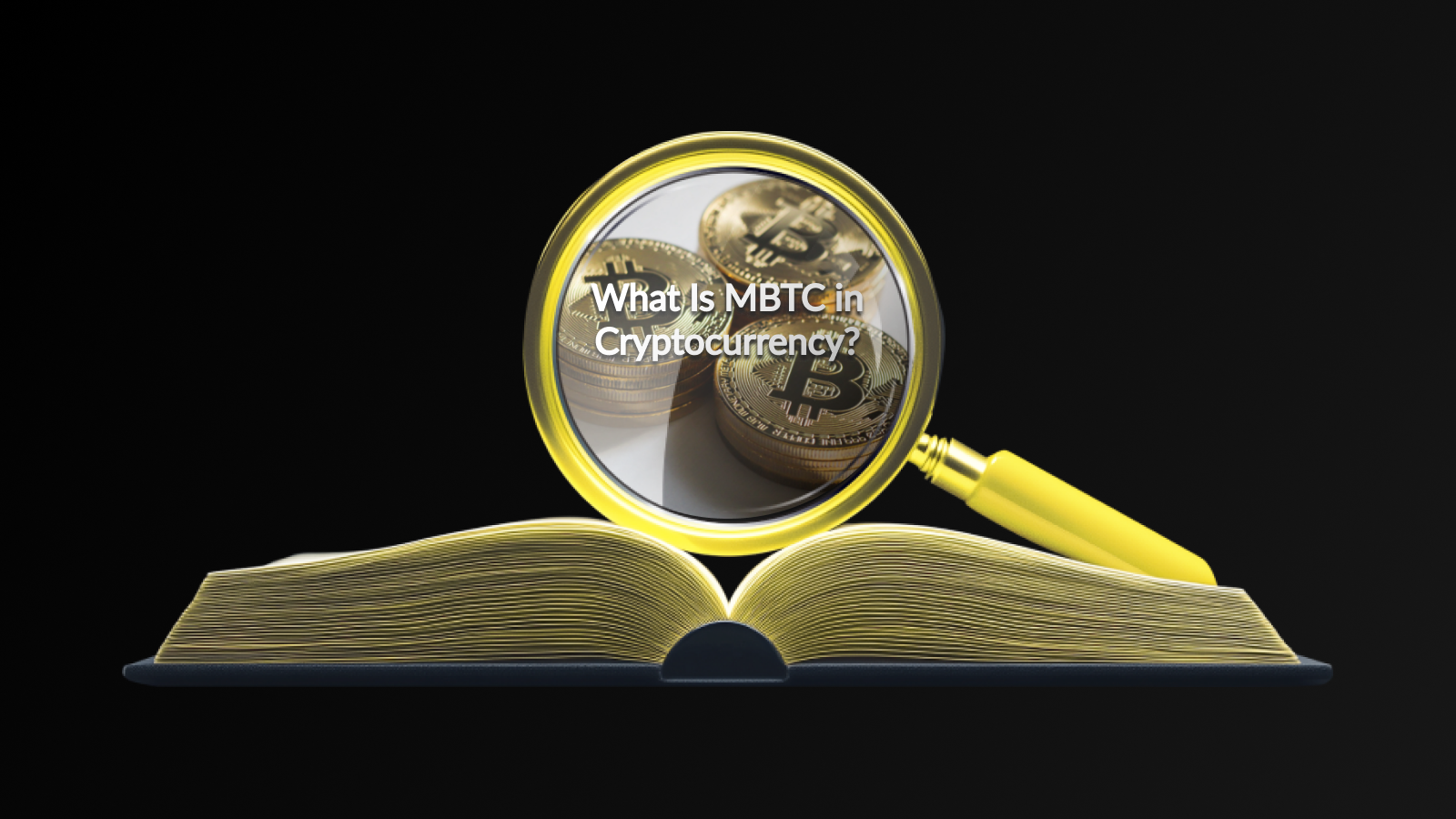Introduction
Explore the key concepts of maximum supply in cryptocurrencies and understand its significance compared to total and circulating supply, with real-life examples.
The concept of maximum supply is fundamental in understanding how cryptocurrencies function within the market. It refers to the total number of coins or tokens that will ever exist for a particular cryptocurrency. This figure is crucial as it establishes the principle of cryptocurrency scarcity, which directly influences a coin’s value and market dynamics. When investors are aware of a cryptocurrency’s maximum supply, they can better assess its potential for appreciation based on demand versus availability.
In the digital currency landscape, a limited maximum supply can create an environment of scarcity, stimulating demand and potentially driving up prices as the circulating supply diminishes. This relationship between supply and demand is a cornerstone of traditional economics and applies just as well to the realm of digital currencies.
Understanding maximum supply not only helps investors make informed decisions but also encourages developers to think critically about their tokenomics. By defining a clear maximum supply, projects can create sustainable ecosystems that contribute to the longevity and trustworthiness of their currencies.
Grasping the implications of maximum supply is essential for navigating the complexities of the cryptocurrency market. By considering this factor alongside other supplies, investors can formulate an accurate picture of a cryptocurrency’s potential and viability.
Importance of Maximum Supply
The concept of maximum supply is crucial in the world of cryptocurrency as it directly relates to the principles of scarcity. Just like precious metals and other finite resources, a capped maximum supply creates a natural limit on how many coins can ever be created, fostering a sense of scarcity among potential investors and users.
This scarcity can significantly influence the perceived value of a cryptocurrency. When investors understand that there is a hard cap on the total number of coins available, they may be more inclined to purchase and hold the asset, anticipating future demand against a limited supply. This is where the principles of cryptocurrency scarcity come into play, pushing prices higher as the availability decreases.
Furthermore, a clear and transparent maximum supply provides an element of trust and stability within the cryptocurrency. Projects that define their maximum supply upfront often attract a more committed community, as users feel confident knowing that their investment won’t be diluted by unexpected inflation or excessive coin creation.
The maximum supply not only serves as a foundational element for understanding the potential growth and valuation of a cryptocurrency but also plays a crucial role in fostering investor confidence and interest.
Maximum Supply vs. Total Supply vs. Circulating Supply
Understanding the differences between maximum supply, total supply, and circulating supply is essential for anyone interested in the nuances of cryptocurrency investments. These terms help to clarify the availability and potential scarcity of a given cryptocurrency, which can significantly impact its value.
Maximum supply refers to the total number of coins or tokens that will ever exist for a particular cryptocurrency. This cap is often predefined in the project’s whitepaper and is crucial in establishing its cryptocurrency scarcity. For example, Bitcoin has a maximum supply of 21 million coins, creating a built-in scarcity that can drive demand as more people seek ownership.
Total supply, on the other hand, signifies the total number of coins that have been mined or issued to date, including both those held in circulation and those still held by the project developers or reserved for future use. This number can change over time as new coins are added to the ecosystem.
Circulating supply is the number of coins that are currently available to the public and can be traded on various exchanges. This metric is vital for understanding market dynamics, as it influences liquidity and price movements. For instance, if a cryptocurrency has a large circulating supply but a low maximum supply, the scarcity perception might increase, potentially driving up demand and price.
While maximum supply establishes the ultimate limit of availability, total supply and circulating supply offer insights into what is currently in circulation and available for trading. Understanding these distinctions aids in making informed investment decisions and highlights the factors that contribute to a cryptocurrency’s value proposition.
When discussing the maximum supply of cryptocurrencies, it’s essential to look at various examples that illustrate how different coins approach this concept. Bitcoin, the first and most well-known cryptocurrency, has a fixed maximum supply of 21 million coins. This scarcity has contributed to its perception as ‘digital gold’ and an effective hedge against inflation.
Ethereum, on the other hand, operates under a different model. Originally, Ethereum had no set maximum supply, but post-EIP 1559, the network introduced deflationary mechanics that can lead to a decrease in the circulating supply over time, although its ultimate upper limit is still not defined.
Ripple (XRP) presents another fascinating case. It was created with a total maximum supply of 100 billion XRP tokens. However, a significant portion of this supply is held in escrow accounts, which influences market availability and, subsequently, price.
Litecoin, often referred to as the silver to Bitcoin’s gold, has a total maximum supply of 84 million coins. Its scarcity plays a crucial role in its operation and value proposition, much like Bitcoin’s.
These examples highlight the importance of understanding maximum supply and how it relates to cryptocurrency scarcity. Each coin’s unique policies regarding supply can lead to different market dynamics, making it crucial for investors to consider these factors when evaluating cryptocurrencies.
Disclaimer
This article is for informational purposes only and does not constitute financial advice. Cryptocurrency investments carry inherent risks due to market volatility. It is essential to conduct thorough research and consult with a qualified financial advisor before making any investment decisions.
Click for more education articles.





